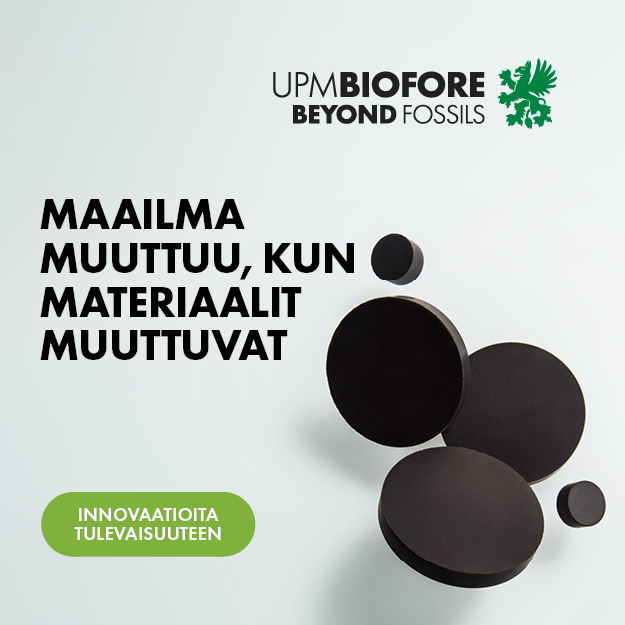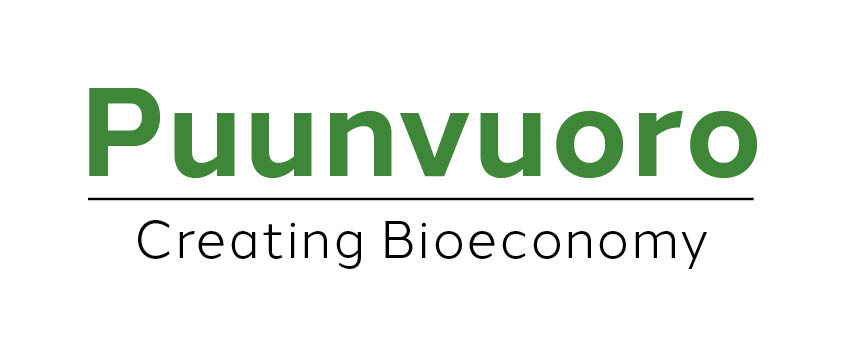The HISER project (Holistic Innovative Solutions for an Efficient Recycling and Recovery of Valuable Raw Materials from Complex Construction and Demolition Waste) aims to develop the recovery and recycling of construction and demolition waste, taking into account the entire value chain. The objective is the ability to reuse demolition waste as efficiently as possible in new buildings.
The four-year EU project, which was launched in February 2015, includes 25 partners from ten countries. The Finnish parties involved in the development of wood waste into raw material for construction goods include VTT Technical Research Centre of Finland and Conenor Oy.
“In this project, we focus especially on reusing the wood waste generated by construction and demolition sites in wood-plastic composites and gypsum boards. In Finland, construction and demolition sites produce a particularly high amount of wood waste, and the objective is to reuse it in products with as high an added value as possible,” says VTT’s senior scientist Petri Jetsu.
The materials are sorted at the demolition sites, after which the wood material arrives in a terminal where it is crushed twice. Bigger boards and planks are crushed into a size of a few centimetres and most of the metal in the material can be separated with the help of magnets. Any bigger rocks are also separated at this phase, after which the treatment is continued with a hammer mill, which allows for a further reduction of the particle size. Impurities are removed with air separators, for example.
The idea is to make use of existing technology and optimise it in such a way that a sufficient level of cleanliness and a small enough particle size with regard to the end-product can be achieved with as little energy consumption as possible.
“In wood-plastic composites, the particle size can be left to a couple of millimetres, but to enable the use of wood fibre as a reinforcing material in gypsum boards, we need to achieve a structure that resembles the fibre used in papermaking.”
The use determines the quality
In addition to process optimisation, the goal is to optimise the end-products so that they possess the best possible qualities. The amount of wood fibre used in gypsum boards could be anywhere from 5 to 20 per cent and, with regard to composites, minimum targets for the portion of wood are 60 per cent.
“The quality of wood-plastic composite made from recycled materials is at least equal to a good average level of composites already on the market. Our benchmarks are terrace planks made of composite,” says Jetsu.
Composites made from recycled materials are particularly suitable for use outdoors, since they do not absorb moisture or rot. Composite materials retain their original properties for decades without maintenance.
“The only kind of raw material suitable for composites meant for indoor use would be carefully sorted, clean wood waste, but the raw material for products meant for outdoor use does not need to be sorted as precisely. This would simplify the process.”
At the moment, the majority of demolition wood ends up being incinerated. Given that the project aims to make demolition wood a more valuable raw material for which there would also be a market, ready products are being developed alongside materials.
“Our first demonstration is a shed for firewood made from composite profiles and boards which we are building in the Evo hiking area in cooperation with Metsähallitus,” says Markku Vilkki from Conenor Oy.
“Once the manufacturing processes have been developed and the level of quality we can achieve has become clear, we will still need to perform the necessary cost calculations and comparisons,” adds Jetsu.
Text: Katariina Krabbe
Photo: Ismo Tiihonen



